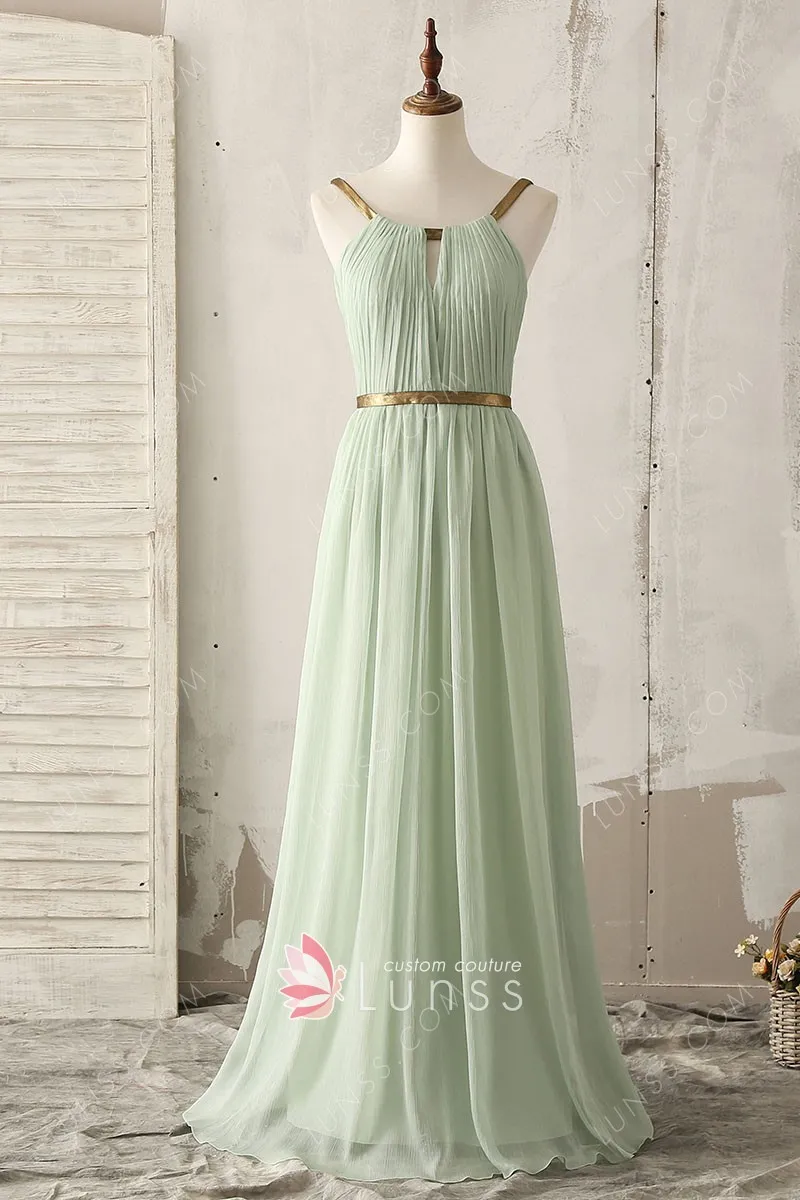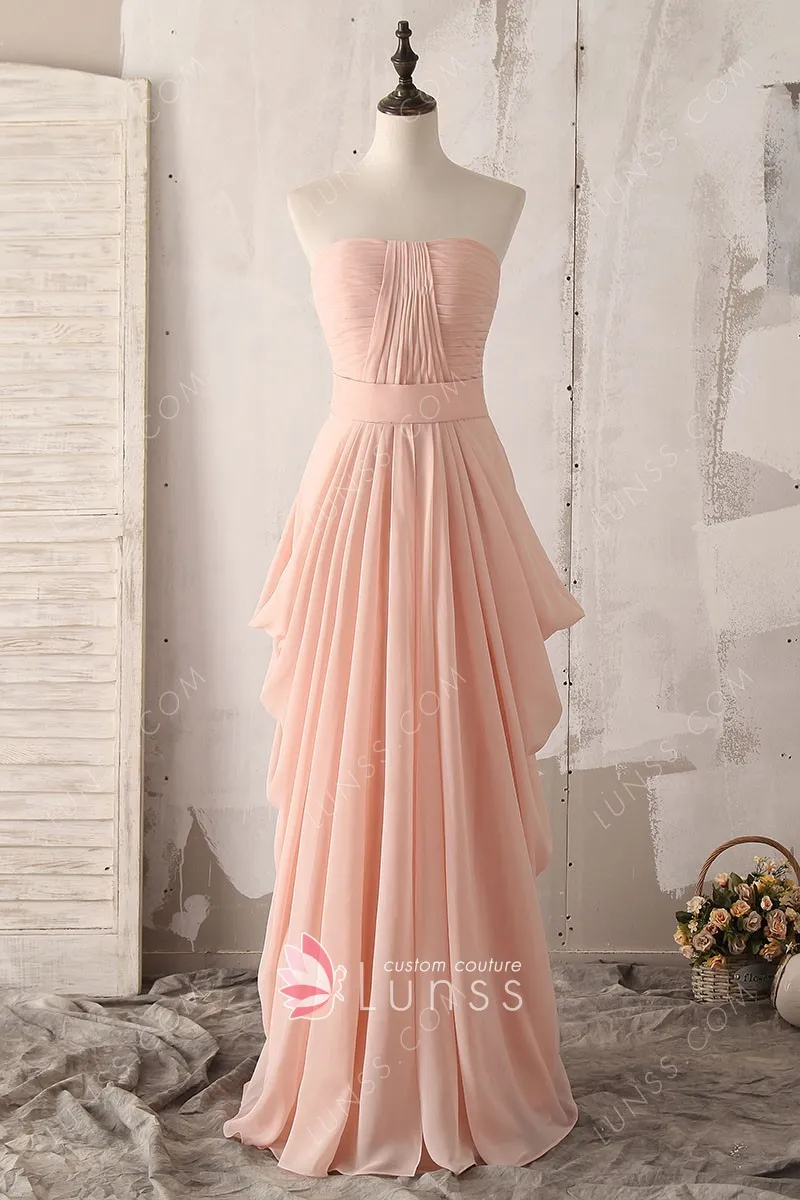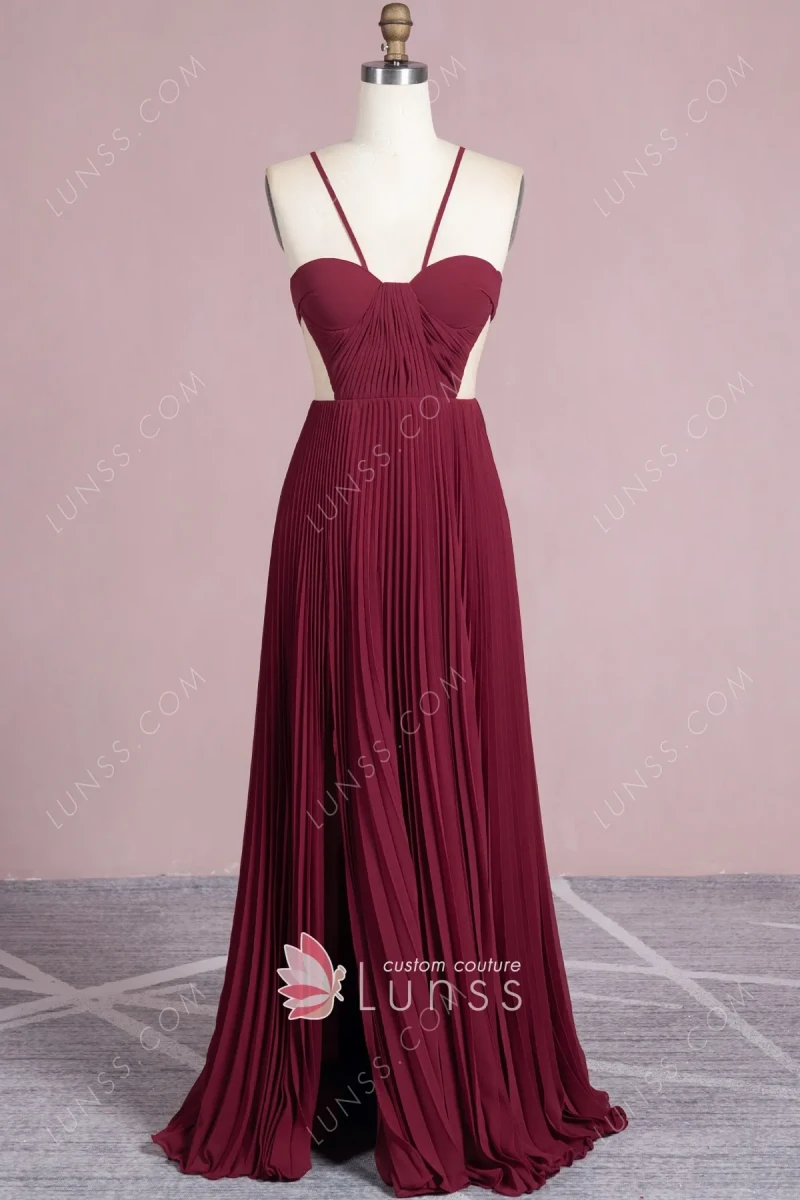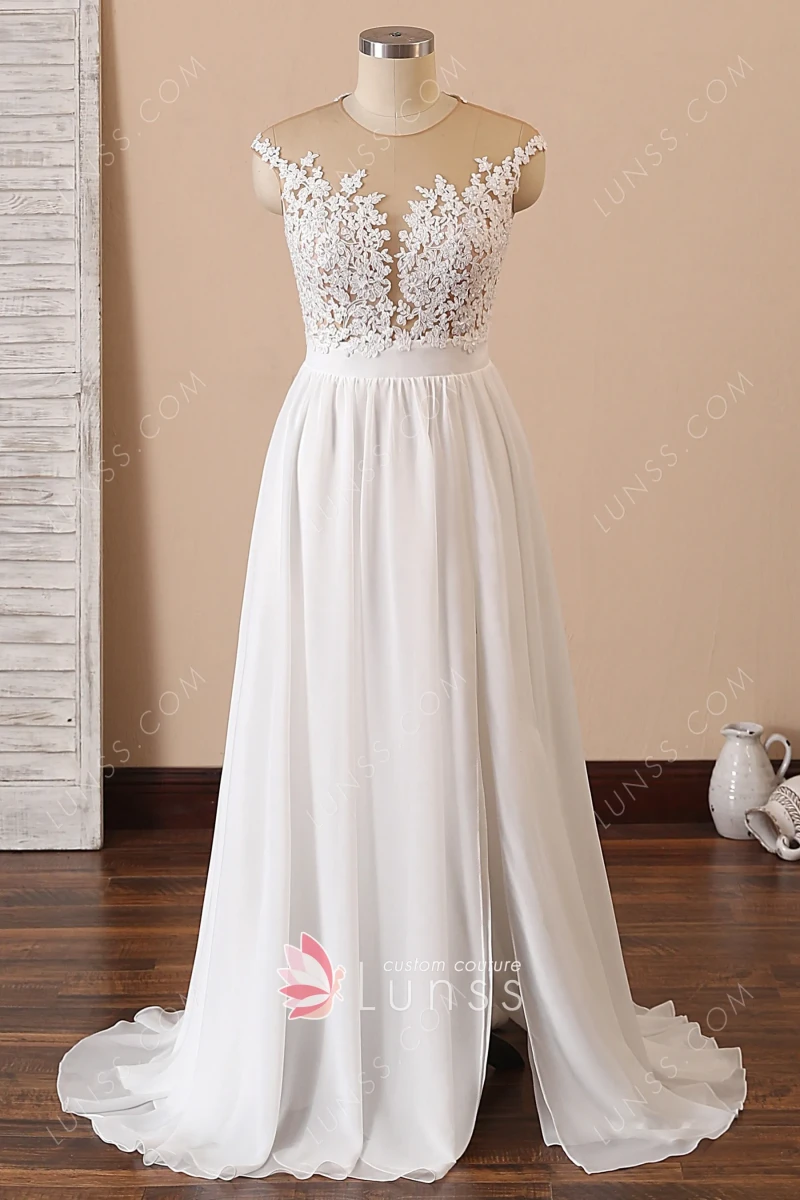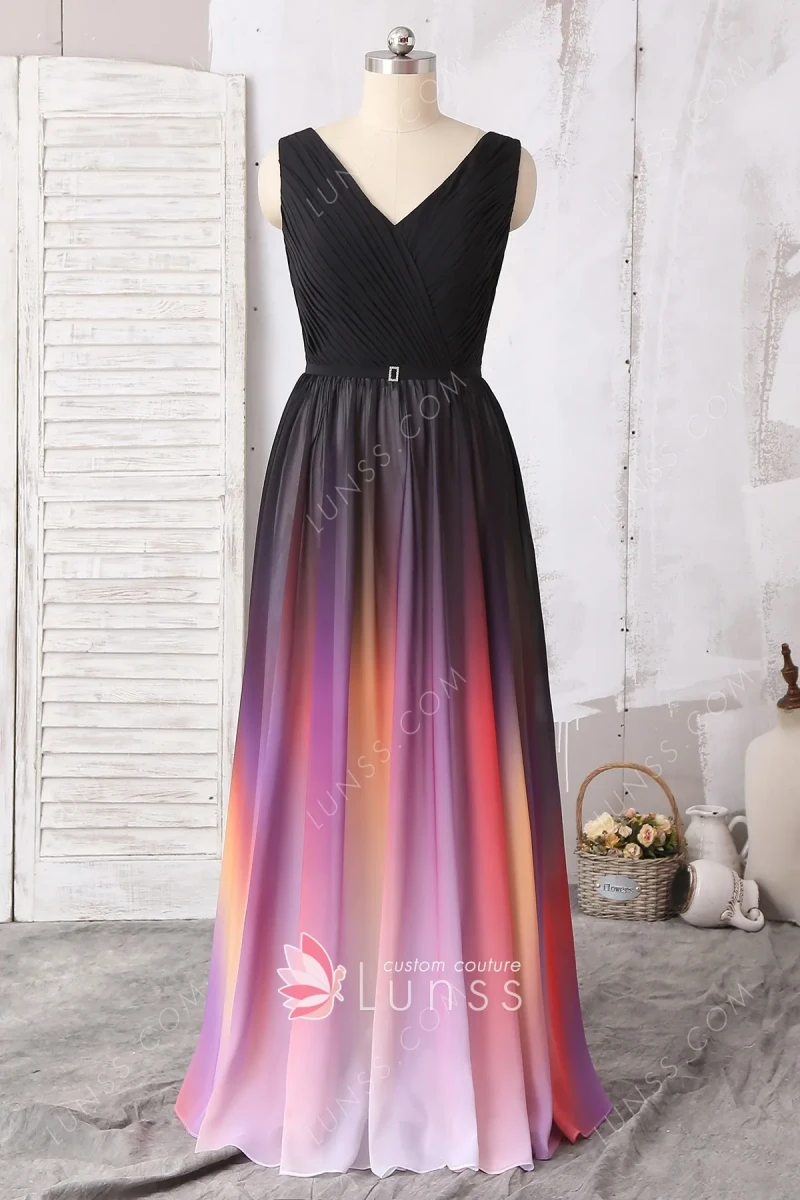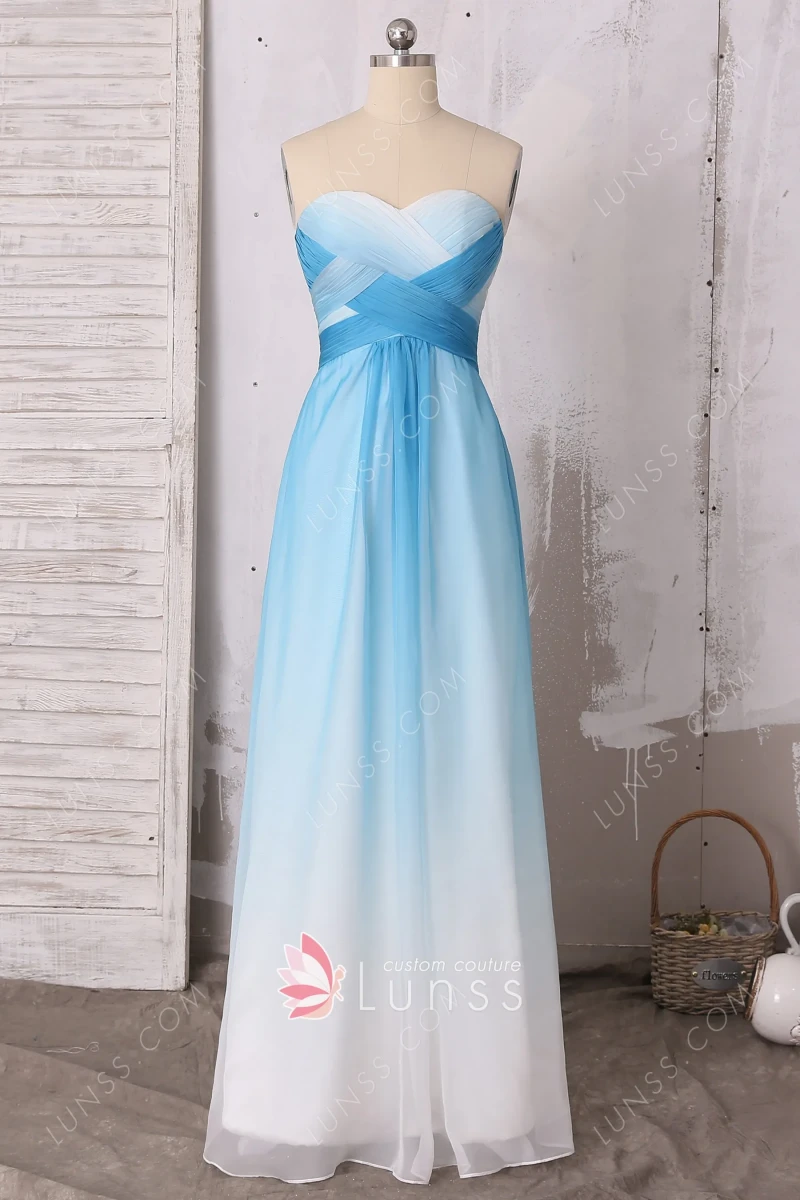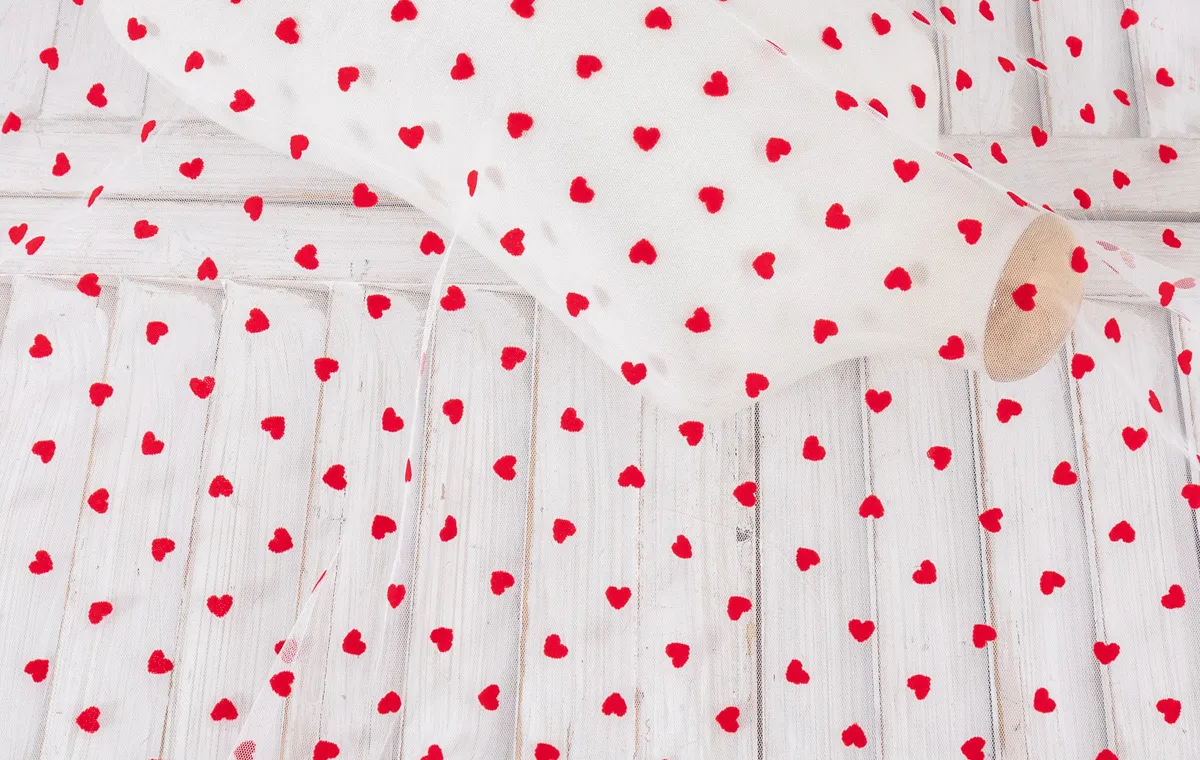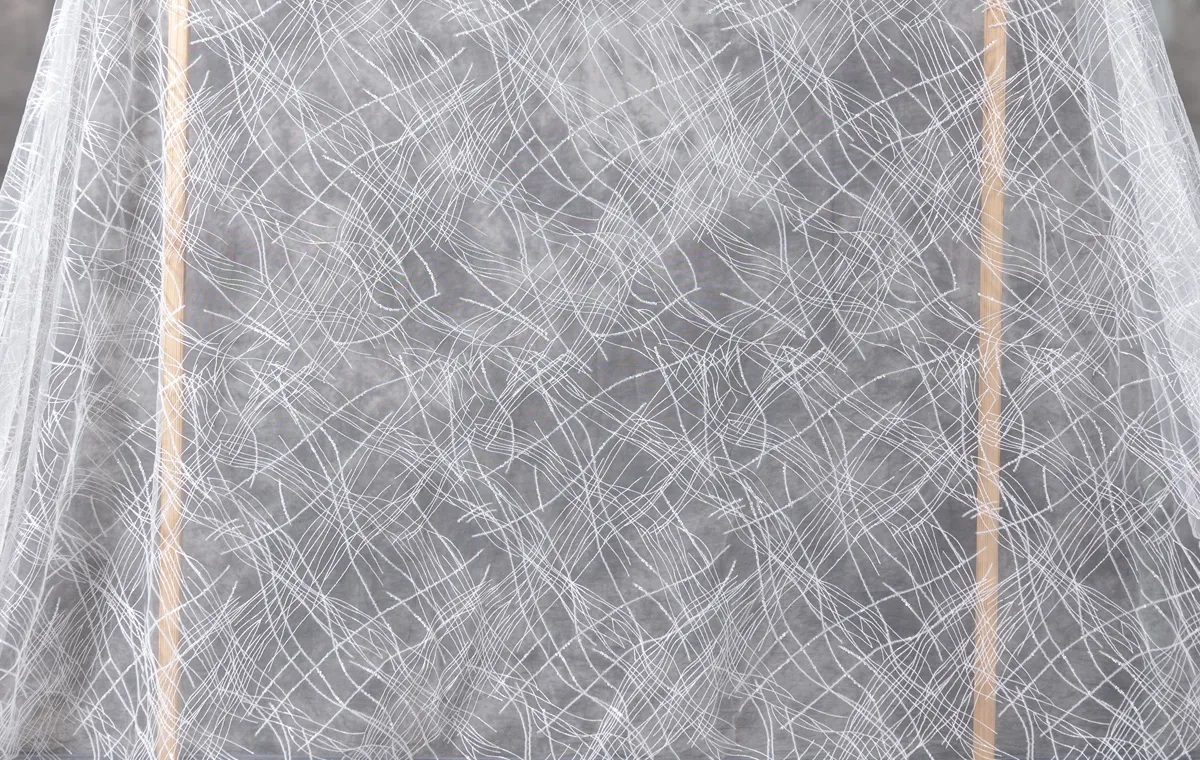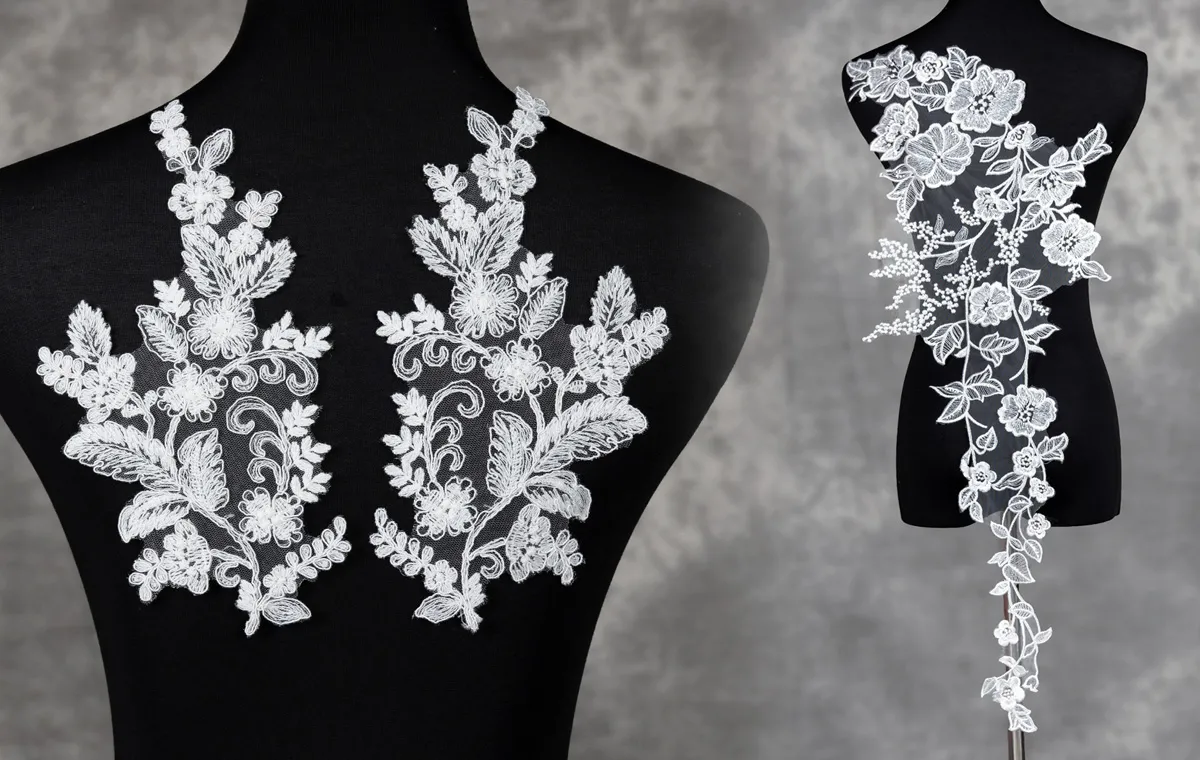What Is Chiffon Fabric?
Chiffon is a lightweight, sheer fabric that is popular in the fashion industry. It is typically made with either silk, polyester, or rayon and is often used in evening gowns, blouses, lingerie, and other clothing pieces. Chiffon is also a trendy choice for veils, scarves, curtains, and home decor items, as it is lightweight and drapes beautifully.
The name “chiffon” comes from the French word for cloth, “chiffe”. While it is commonly thought to be a 19th-century fabric, chiffon actually dates back to ancient times. Archaeological evidence shows that the Ancient Greeks and Romans used chiffon for clothing and veils.
Chiffon is created by weaving together two sets of yarns – the warp, which is the vertical yarns, and the weft, which are the horizontal yarns. The fabric is highly absorbent, breathable, and durable, which makes it ideal for clothing items that need to be lightweight, airy, and comfortable. It is also relatively easy to dye and is also available in a wide range of prints.
How Is Chiffon Fabric Made?
Chiffon fabric is created by weaving fine silk or synthetic yarns together. The yarns are woven in a plain weave pattern, similar to a basic cotton fabric, but the threads are much finer. The yarns are very closely woven to create a light, sheer fabric with a soft drape. Once the fabric has been woven, it is then dyed or printed. Depending on the desired result, the fabric can be dyed in a single color or multiple colors. It can also be printed with a variety of different prints and patterns. After the dyeing or printing process, the fabric is washed and dried. Once the fabric is dry, it is then treated with a stiffening agent. This agent helps to keep the fabric in its light, airy shape. The stiffening agent is usually starch or wax. The fabric is then heat-set to ensure the stiffening agent is properly set. The final step in the process is to finish the fabric. This can be done in a variety of ways, depending on the desired finish. The fabric may be brushed, pleated, or crinkled. It can also be embroidered or finished with lace or other decorative trim.
Types of Chiffon Material
Chiffon fabric comes in many forms and can be made into several different varieties, each with its own characteristics.
1, Silk Crepe Chiffon


Silk crepe chiffon fabric is prized for its soft, supple, luxurious feel and its fluid drape. It is made from silk, cotton, nylon, polyester, or rayon. It is basically referred as to a light plain-woven sheer fabric. The fabric has a luxurious sheen and is naturally wrinkle-resistant. It is also lightweight, breathable, and incredibly comfortable.
2, Silk Satin Chiffon

Silk satin chiffon fabric is made from a combination of silk and chiffon. The silk gives the fabric a lustrous, glossy look, while the chiffon gives it a soft, semi-transparent quality. This version of chiffon fabric is smoother than silk crepe, and it is more transparent and lightweight.
3, Jacquard Chiffon
Jacquard chiffon is a specially woven fabric created using a Jacquard loom and various materials such as cotton, polyester, silk, and acrylic can be woven to create them. It is perfect for creating elegant and sophisticated garments with a luxurious feel.
4, Double-faced Chiffon
Double-faced chiffon is a matte finish chiffon fabric, with a semi-opaque look in fashion design. It is known for its unique, two-toned look with one side of the fabric being slightly darker than the other. The fabric is often created by weaving two fabrics together, one being fine chiffon and the other a heavier fabric such as velvet or satin. Double-faced chiffon is available in a variety of colors and prints, allowing you to create a unique look for your special occasion.
5, Chameleon Chiffon
Chameleon chiffon is a lightweight, sheer fabric that is made from a mix of polyester, rayon, and silk fibers. The name of the fabric comes from its ability to change colors depending on the light, giving it a chameleon-like appearance. It has a soft, crinkled texture and is often used for garments such as blouses, dresses, and skirts. It is also popular for special occasions such as weddings and proms.
6, Polyester Chiffon



Polyester chiffon fabric is an excellent choice for anyone looking for a lightweight, elegant fabric. It is durable, affordable, and easy to work with, making it a great choice for those on a budget or with limited experience. With its soft, airy texture and its ability to take on a variety of colors and patterns, it is the perfect choice for adding a touch of sophistication to any outfit.
7, Ombre Chiffon
Ombre chiffon is a unique and beautiful fabric, perfect for adding a touch of elegance and sophistication to any wardrobe. It’s a lightweight, sheer material that can be dyed in an array of colors, from subtle pastels to bold and vibrant hues. The ombre chiffon fabric is known for its distinctive look, which features a gradual and subtle transition from light to dark, creating an eye-catching effect.
8, Printed Chiffon



Printed chiffon fabric is made from a blend of polyester, silk, and rayon, which gives it its lightweight feel and luxurious look. The fabric is available in a range of colors and patterns. Due to its flowing, delicate appearance and feel, printed chiffon fabric is a great choice for creating various garments, event décor, and home fabric items.
What Is the Difference Between Chiffon And Silk Fabrics?
When it comes to their appearance, the two fabrics look quite different. Chiffon has a very light, airy, and semi-transparent look, while silk has a heavier, smoother, and more luxurious appearance. Chiffon is also more wrinkle-resistant than silk, meaning it doesn’t require as much maintenance to keep it looking nice.
In terms of durability, silk is the more long-lasting of the two fabrics. Silk is strong and has a high tensile strength, meaning it can withstand a lot of wear and tear. Chiffon, on the other hand, is a delicate fabric and should be handled with care.
When it comes to cost, silk is generally more expensive than chiffon. This is due to the fact that silk is a more luxurious fabric and requires more time and labor to make. Chiffon, however, is usually cheaper and can be found in a variety of colors, patterns, and designs.
So, what is the difference between chiffon and silk fabrics? Chiffon is a lightweight, sheer fabric with a light, airy, and semi-transparent appearance. It is more wrinkle-resistant than silk, but not as durable. Silk is a luxurious, smooth fabric that is heavier and more lustrous than chiffon. It is also more expensive and long-lasting than chiffon.
How to Care for And Clean Chiffon Fabric?
Chiffon is beautiful and luxurious, it requires special care when cleaning and storing. If you’re looking to keep your chiffon garments and textiles looking their best, follow these steps for proper care and cleaning.
- Read the Care Labels. The first step to caring for chiffon fabric is to read the care labels. Chiffon is a delicate fabric, and most garments and items made from chiffon will require special care. The care labels will provide instructions for laundering, dry-cleaning, and storing, so be sure to follow them for the best results.
- Use Gentle Detergents. When laundering chiffon fabric, it’s important to use gentle detergents. Chiffon can easily become damaged or discolored if washed in harsh detergents, so opt for a gentle, low-alkaline detergent. If possible, use a detergent specifically designed for delicate fabrics.
- Hand-Wash or Use a Gentle Cycle. Chiffon is a delicate fabric, so it’s best to hand-wash or use a gentle cycle when laundering. It’s important to always use cold water, as hot water can cause chiffon to shrink and lose its shape. If you do choose to use a machine, be sure to select the gentle cycle and use a laundry bag to protect the fabric from snags or tears.
- Air-Dry Chiffon. Chiffon should always be air-dried to avoid shrinkage and discoloration. Never use a dryer or iron to dry chiffon fabric, as this will cause damage. To air-dry chiffon, lay it flat on a clean, dry surface and let it air-dry naturally.
- Store Chiffon Properly. Chiffon should always be stored properly to prevent damage and discoloration. When storing chiffon fabric, wrap it in acid-free paper and store it in a cool, dry place. Avoid storing chiffon in areas with high humidity or heat, as this can cause mildew and discoloration.
From reading the care labels to air-drying and storing properly, caring for chiffon fabric is simple and easy. With the right care, your chiffon garments and textiles will stay looking beautiful and luxurious for years to come.

 Best
Best  New
New  Featured
Featured  Featured
Featured 